After an uptick in construction industry fatalities in 2016, a recent Bureau of Labor Statistics report shows that both the amount of construction worker deaths and the rate of fatality dropped in 2017.
Read moreThe 10 Most Frequently Cited OSHA Violations in 2018
At the National Safety Council Congress & Expo on October 23, 2018, OSHA’s deputy director of Directorate of Enforcement Programs, Patrick Kapust, announced their 10 most frequesntly cited safety violations for their fiscal year 2018.
Read moreNTSB Released 2nd Investigative Update on Collapsed Pedestrian Bridge in Florida
On March 15, 2018, 6 people were killed and 8 others were injured when an under construction pedestrian bridge collapsed in Florida. Several months later, the National Transportation Safety Board (NTSB) released their preliminary report while conducting an official investigation. The NTSB later issued an “Investigative Update” to their preliminary report in August. In Mid-November, the NTSB released a 2nd investigative update, narrowing their root cause theories.
Read moreSuperintendent and Manager Charged With Assault After 2 Construction Site Injuries in NY
The City of New York is getting serious about construction regulation and using the full extent of the law to punish those who have acted negligently on the jobsite. Last year, Mayor Bill De Blasio issued a new law requiring all construction workers to undergo, at minimum, 40 hours of safety training. In 2016, Manhattan District Attorney Cyrus R. Vance Jr. successfully convicted a construction foreman of criminally negligent homicide and reckless endangerment after a laborer was killed in a trench collapse that he was overseeing. Earlier this month, DA Vance announced assault charges against a superintendent and branch manager after 2 men suffer horrific injuries on their jobsite.
Read moreOSHA Issues Yet Another Final Rule on Crane Operator Certification Requirements, Effective 2018
The long delayed rule for crane operator certification has new life as OSHA has issued yet another final rule, after making alterations and clarifications. OSHA originally planned to require all crane operators to obtain certifications in 2010, but it has been delayed several times since then. A different final rule was proposed in 2017, but it was announced in May of 2018 that the administration intended to alter the rule.
Read morePorter Cable, Bostich, and Black & Decker Drills Recalled Due to Safety Concern
The United States Consumer Product Safety Commission has announced a recall of 3 different drills manufactured by Black & Decker due to safety concerns.
Read moreOSHA Publishes Report on Cause of 3 Tower Crane Collapses During 2017’s Hurricane Irma
Just over a year ago, in September of 2017, Hurricane Irma blew through Miami, Florida, bringing extremely high speed wind with it. The wind caused 3 cranes to collapse in southern Florida, 2 in downtown Miami and 1 more in Ft. Lauderdale. Interesting video of the dismantling of one of the failed cranes was shared on Youtube.
Read moreOSHA is Considering a Change to The Silica Dust Standard
In September of 2017, OSHA’s new standard on exposure to respirable crystalline silica went into effect in the construction industry. The rule lowered the allowable exposure to the harmful substance to 50 micrograms per cubic meter, a measurement that we’re all familiar with [/sarcasm]. After a full year of enforcement, OSHA is considering making a change to the rule.
Read more[VIDEO] Crane Collapses While Placing Concrete Wall Panel in California
Video footage was recently shared of a crane collapse during a concrete wall panel lift. Not much is known about the accident, there has been surprisingly no media coverage of the event, only a very short video description on YouTube.
According to YouTube user Brett Albrecht, the collapse happened in Napa Valley, California, while a crane was lifting 50 ton concrete wall panels. I was first made aware of the video through the Instagram page @osha_is_this_ok, which is a good follow if you aren’t already. One of their other followers claimed secondhand knowledge of the incident and said that no one was killed in the terrifying accident.
The fact that there have not been any news stories written about it is definitely a good sign that no one was seriously hurt by the incident. There look to be about 10 or 11 workers standing near both panels that eventually collapsed, so there was potential for catastrophic loss. BRAGG is visible on the side of the crane at the 19 second mark, but that’s all we know.
This incident is extremely similar to another crane collapse that happened in Austin, Texas in January of 2018. In that video, a crane lifting a similarly sized concrete wall panel collapsed, forcing several workers to run away in a panic. In that accident, 1 worker was transported to hospital with non-life threatening injuries.
OSHA Clarifies Position on Post-Incident Drug Testing and Workplace Safety Incentive Programs
A 2016 OSHA final rule that requires construction companies to submit electronic injury and illness data on a yearly basis has been fraught with controversy since its release. Over the summer, OSHA proposed rollbacks on additional requirements that large companies with 250 or more employees had to follow after industry pushback. Most recently, the administration has clarified their position on post-incident drug testing and workplace incentive programs, which many organizations believed was unclear under the final rule.
In the original final rule, found in 29 C.F.R. § 1904.35, OSHA deemed that certain post-incident drug testing and workplace safety incentive programs could end up being unlawfully retaliatory against their employees. The belief was that, if done the incorrect way, those policies could end up discouraging incidents from being reported due to an employee’s fear of punishment.
Industry groups, including ABC, have long fought against that line of thinking, explaining that, without proper clarification from OSHA, the rule could make jobsites much less safe. On October 11, OSHA issued an official memorandum which explains that the Department does not prohibit workplace safety incentive programs or post-incident drug testing.
Per the memorandum, “The Department believes that many employers who implement safety incentive programs and/or conduct post-incident drug testing do so to promote workplace safety and health. In addition, evidence that the employer consistently enforces legitimate work rules (whether or not an injury or illness is reported) would demonstrate that the employer is serious about creating a culture of safety, not just the appearance of reducing rates. Action taken under a safety incentive program or post-incident drug testing policy would only violate 29 C.F.R. § 1904.35(b)(1)(iv) if the employer took the action to penalize an employee for reporting a work-related injury or illness rather than for the legitimate purpose of promoting workplace safety and health.”
With regards to safety based incentive programs, OSHA states that incentive program rewards for reporting hazards and near misses is always permissible. For incident rate based incentive programs which award a prize or bonus at the end of the time frame, the employer has to create an environment that does not discourage employees from reporting incidents. The Department offered suggestions for counterbalancing any negative effects a rate based incentive could cause:
an incentive program that rewards employees for identifying unsafe conditions in the workplace;
a training program for all employees to reinforce reporting rights and responsibilities and emphasizes the employer’s non-retaliation policy;
a mechanism for accurately evaluating employees’ willingness to report injuries and illnesses.
OSHA also mentions that most instances of drug testing are permissible under 1904.35(b)(1)(iv), including:
Random drug testing.
Drug testing unrelated to the reporting of a work-related injury or illness.
Drug testing under a state workers’ compensation law.
Drug testing under other federal law, such as a U.S. Department of Transportation rule.
Drug testing to evaluate the root cause of a workplace incident that harmed or could have harmed employees. If the employer chooses to use drug testing to investigate the incident, the employer should test all employees whose conduct could have contributed to the incident, not just employees who reported injuries.
Full story: Clarification of OSHA’s Position on Workplace Safety Incentive Programs and Post-Incident Drug Testing Under 29 C.F.R. § 1904.35(b)(1)(iv) | US DOL

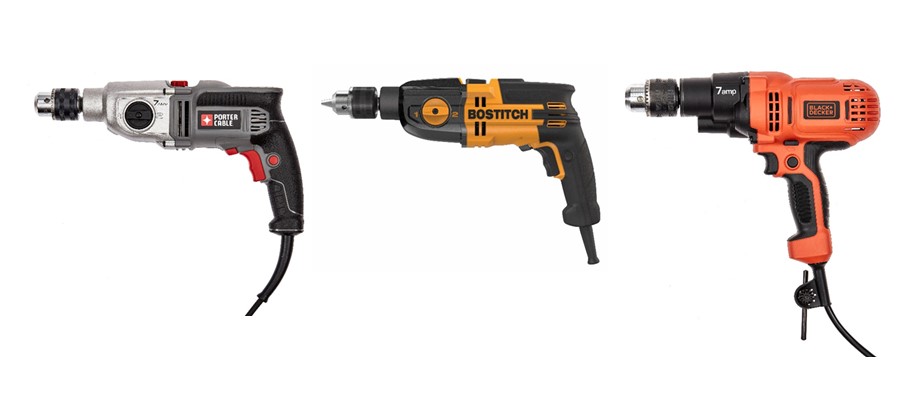







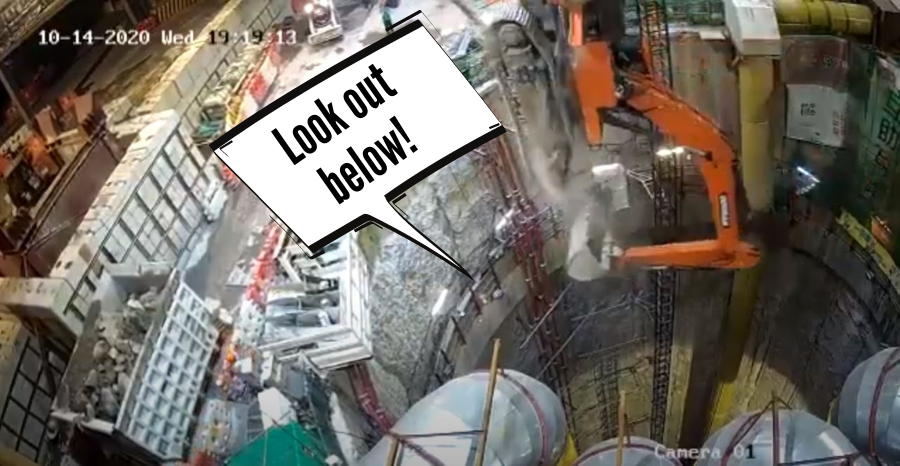

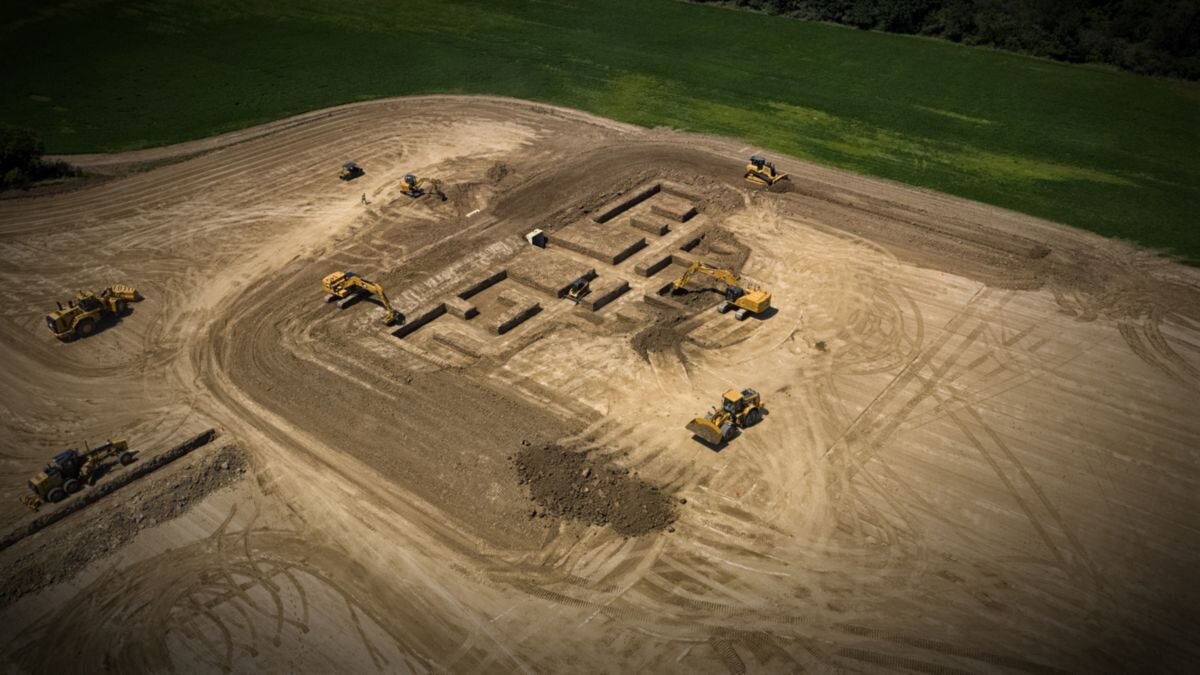

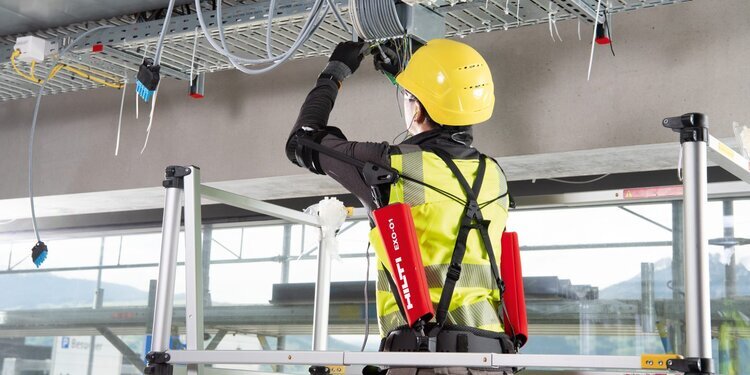
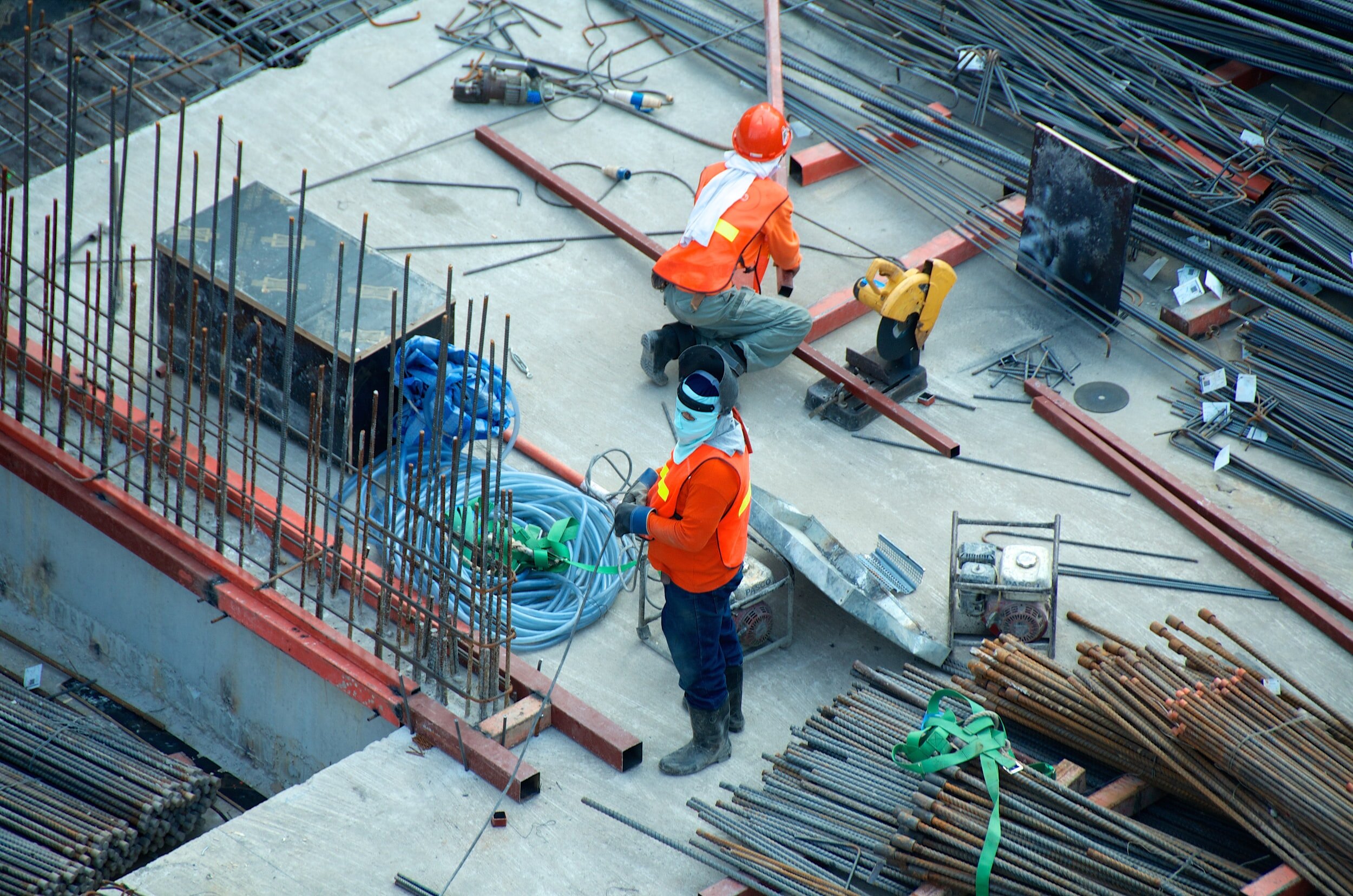
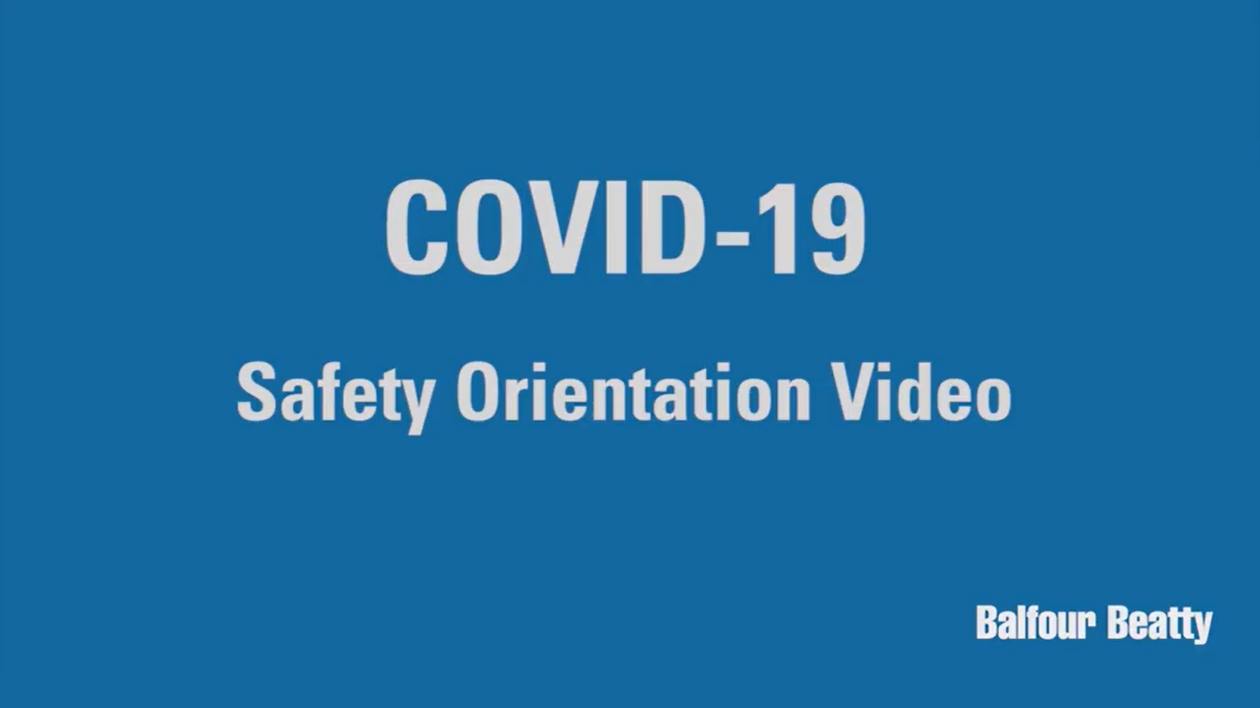


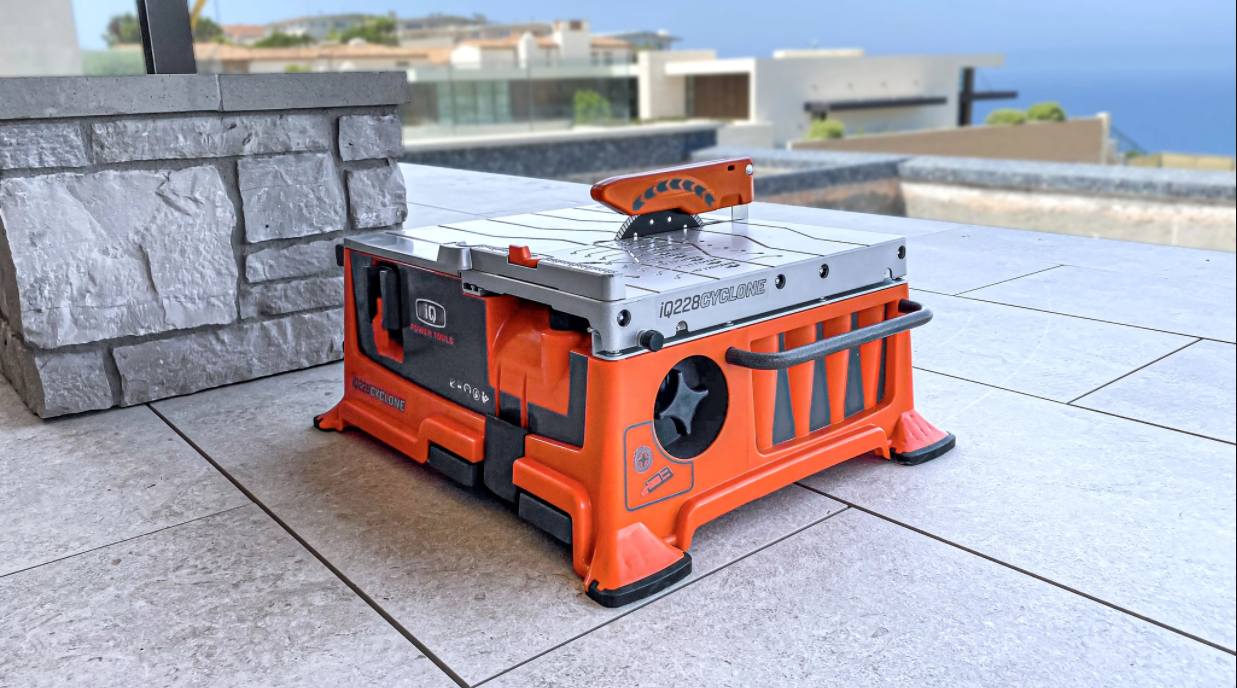

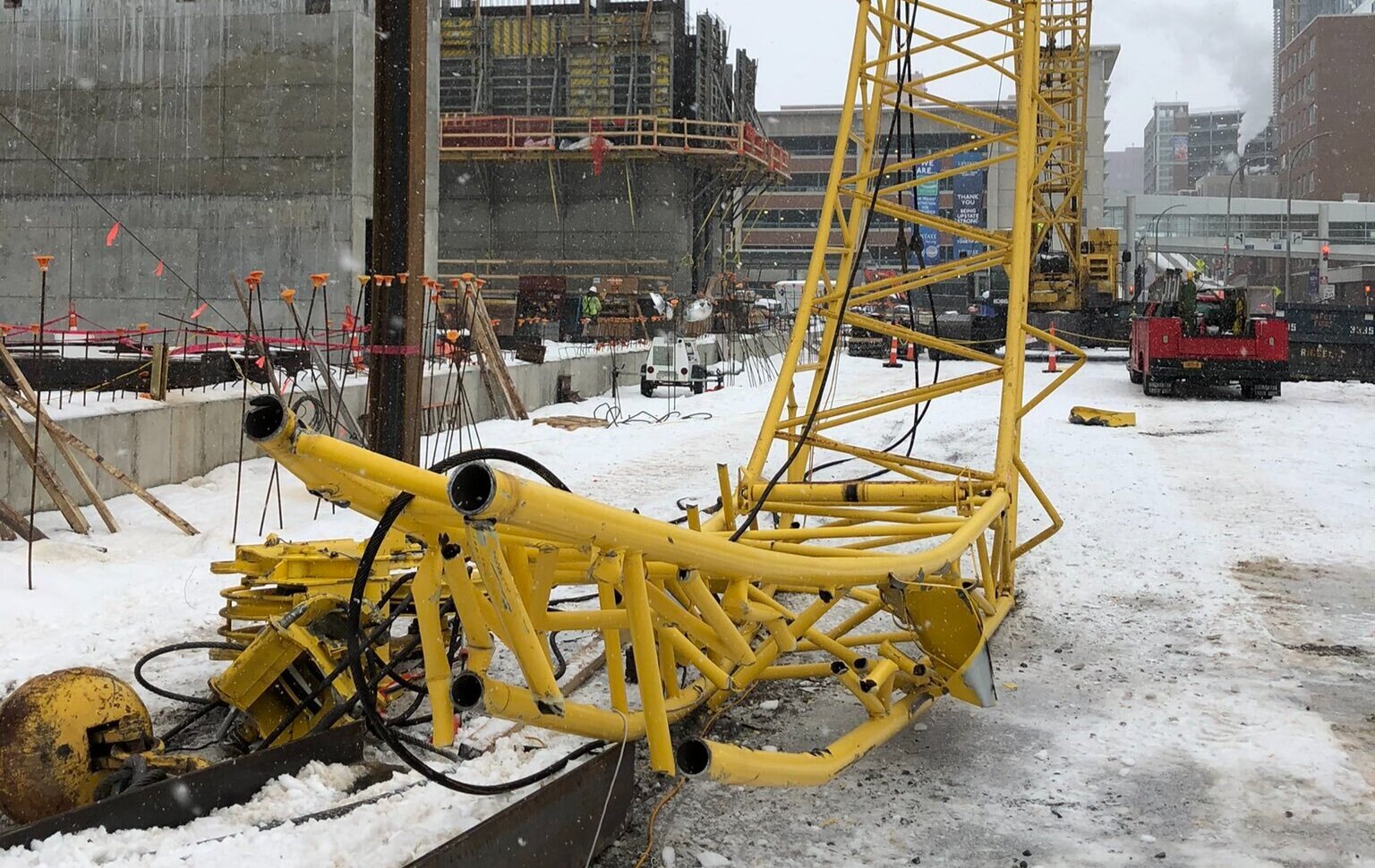


On Tuesday morning, February 23, the Syracuse Fire Department responded to a call about a collapsed crane on a construction site near the university. Thankfully, no injuries were reported.